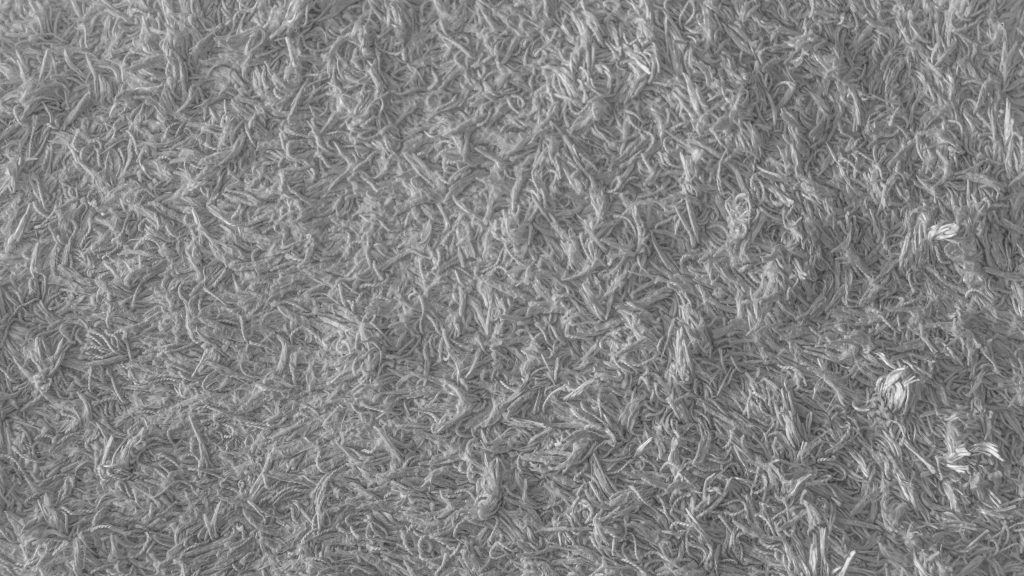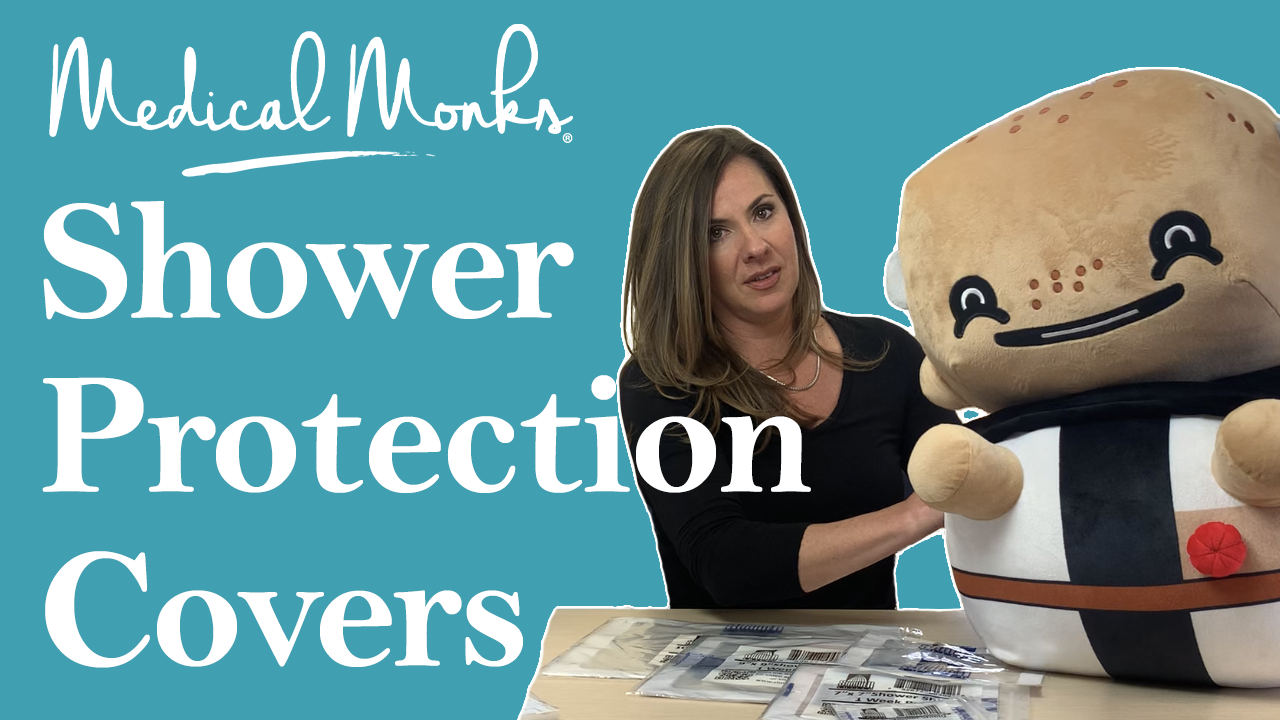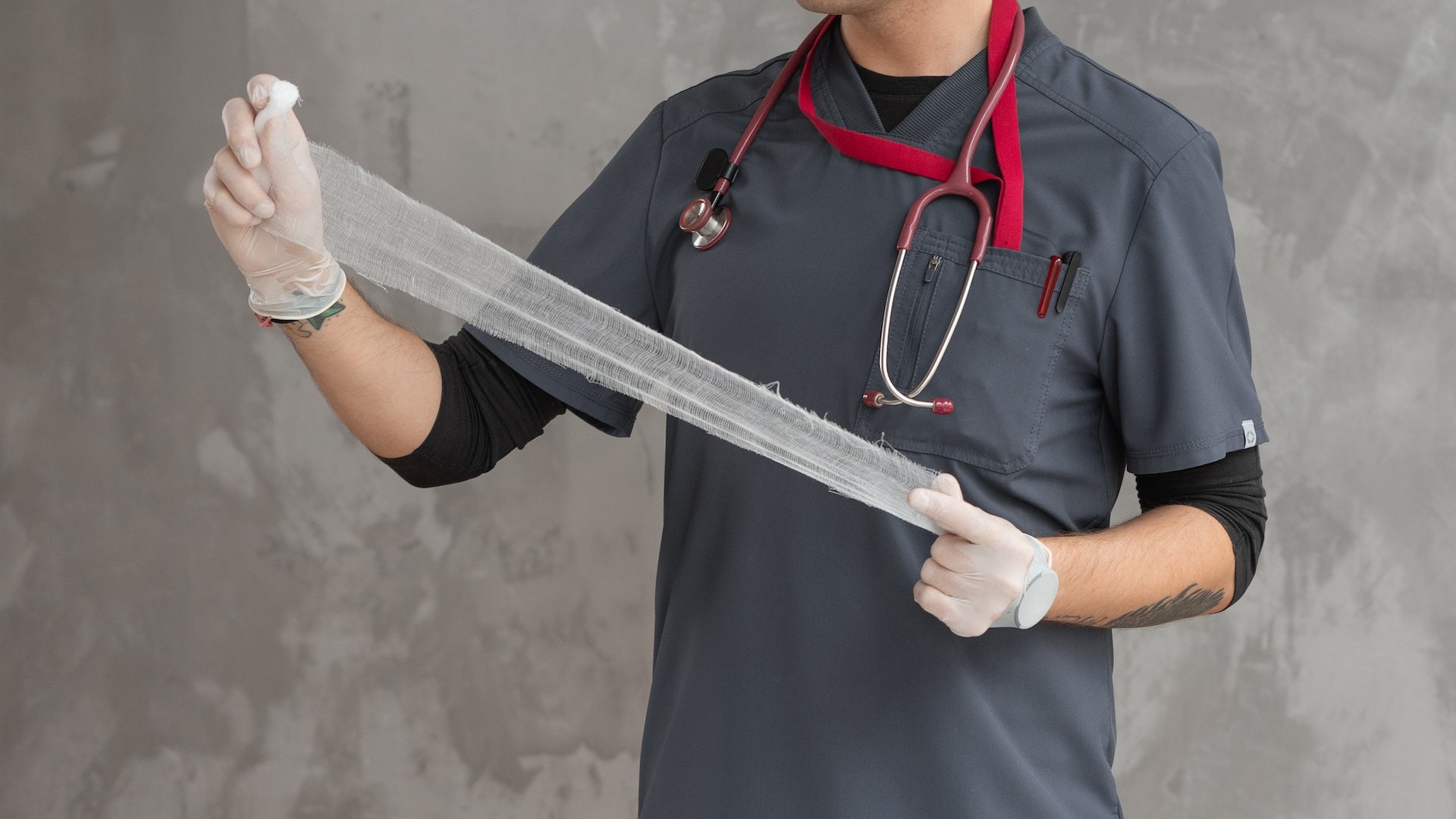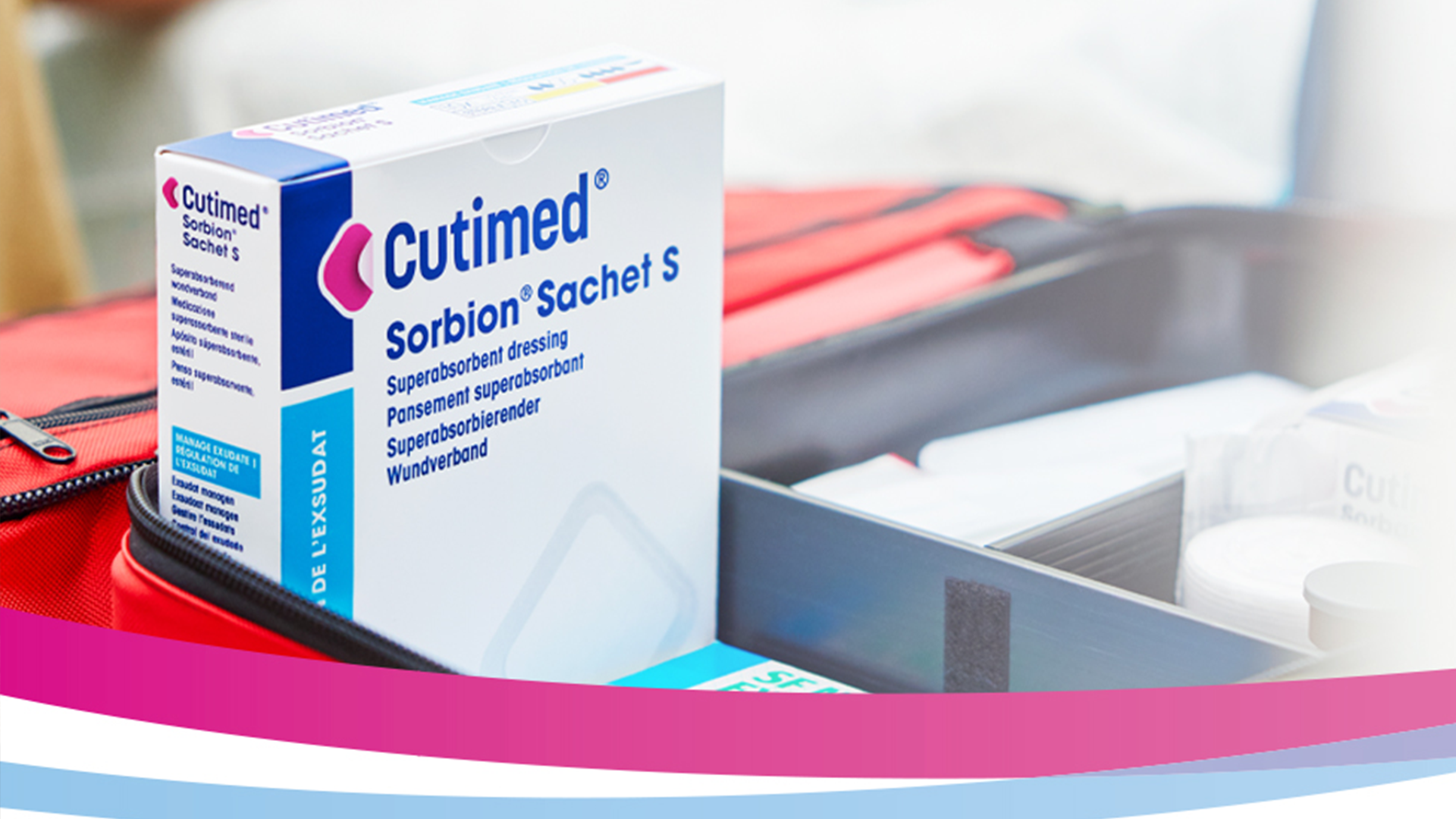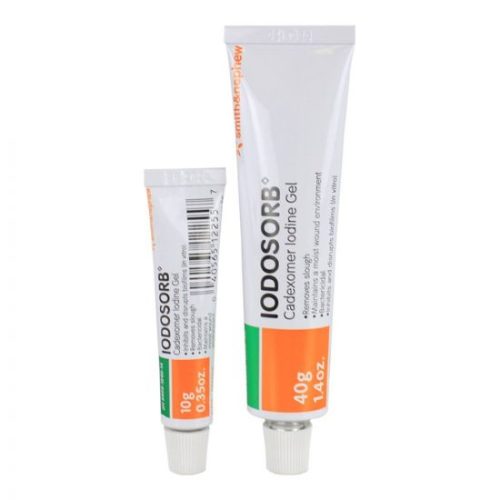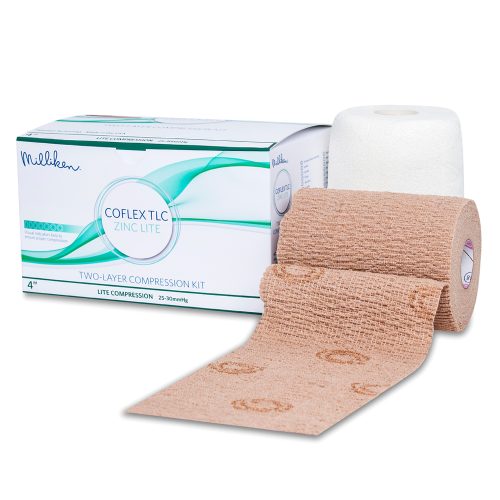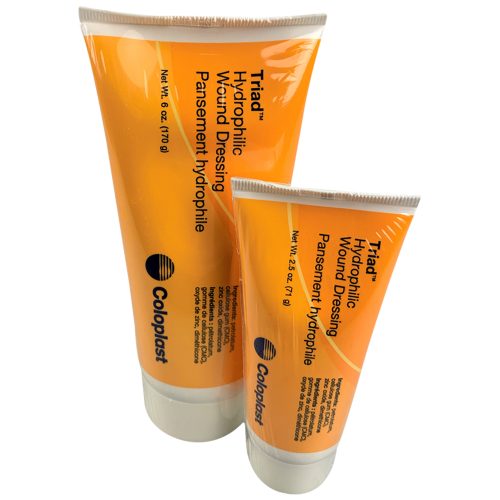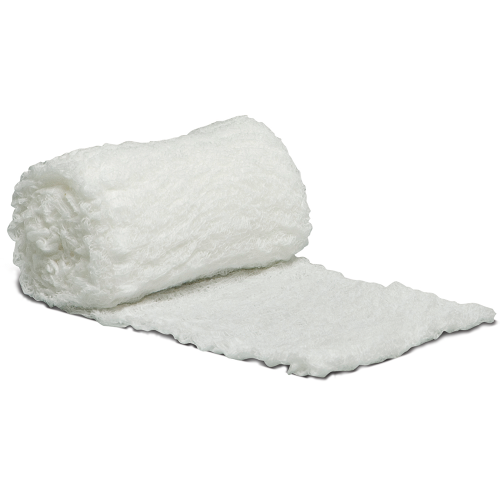For medium- to heavy-exudate wounds, Hydrofiber® and calcium alginate dressings are two common solutions. These advanced dressings help draw in wound fluid, reduce infection risks and protect the wound bed from bacteria so new tissue can form.
Both materials share common characteristics: They’re both highly absorptive, hemostatic primary dressings designed to hold onto high amounts of exudate. This action helps generate a moist wound healing environment that aids in removing necrotic tissue and the granulation process.
These characteristics mean that, depending on the wound and a medical provider’s recommendations, Hydrofiber and calcium alginate dressings can be left on for multiple days, therefore reducing the number of total changes required. Neither dressing needs to be moistened before application. However, due to composition and strength, both Hydrofiber and calcium alginate dressings are not designed for use with no- to low-exudate wounds.
Beyond these similarities, understand the differences between Hydrofiber vs. calcium alginate dressings:
What Are Calcium Alginate Dressings
This type of advanced wound care dressing uses polysaccharides or xerogel sourced from brown seaweed or kelp, with the goal of drawing in exudate and keeping it away from the wound bed. This action means that calcium alginate dressings can hold up to 20 times their weight in wound fluid.
Composition-wise, calcium alginate dressings come as non-woven, non-occlusive and non-adhesive pads, ropes and sheets that can be cut to the wound’s shape. Contact with exudate causes the material to take on a softer, gel-like form that can be shaped or packed into the wound bed. This is due to a chemical reaction between the dressing’s calcium ions and the wound fluid’s sodium ions. These aspects:
- Help calcium alginate dressings conform to a range of wound types and depths.
- Allow these dressings to treat various high-exudate wounds, including infected injuries, tunneling and cavity wounds, sinuses, surgical incisions and venous insufficiency ulcers.
- Help keep the wound bed moist to prevent dehydration.
- Help encourage autolytic debridement to aid the wound-healing process.
- Create a material that holds onto and deactivates bacteria present in the wound exudate; taking off the dressing then removes the bacteria and other microorganisms.
- Let the dressing be lifted off or rinsed away with minimal trauma to the wound bed.
Calcium alginate dressings include two standard types:
- Carboxymethylcellulose (CMC) dressings use a natural cellulose source, help divert inflammatory cells to improve wound healing and take on a transparent appearance once they are in contact with wound exudate.
- Silver alginate dressings are formulated with an antibacterial solution to better deactivate and control microorganisms. SILVERCEL™ dressings are one example of this type.
Note that a secondary dressing will be needed to hold any calcium alginate solution in place. During changes, the wound will need to be irrigated to remove all alginate fibers before a new dressing is applied. Contact with a low- or no-exudate wound can dry out and cause the dressing to adhere to the wound bed.
What Are Hydrofiber Dressings
Also called gelling fiber or hydrogel dressings, this is a non-adhesive, non-occlusive and non-woven CMC-based hydrophilic dressing that absorbs high amounts of exudate. The typical Hydrofiber dressing can draw in up to 30 times its weight.
Hydrofiber dressings:
- Are considered a hybrid wound care solution that brings together the benefits of alginate and hydrocolloid dressings.
- Take on a gel consistency once in contact with exudate and can be shaped to the wound bed.
- Offer vertical absorption properties to stop wound fluid and bacteria from spreading.
- Create a moist healing environment that diverts exudate from the wound and holds onto bacteria to reduce the spread of infection.
- Help remove necrotic tissue from the wound bed during dressing changes.
- Lessen maceration risks to protect periwound skin during removal.
- Help lessen pockets around the wound bed where bacteria can thrive and prevent the wound from healing.
- Can provide antimicrobial activity.
- Can be used on chronic and acute wounds.
Common Hydrofiber and hydrogel dressings include:
- AQUACEL® dressings are built on Hydrofiber technology. AQUACEL Ag adds ionic silver for improved antimicrobial action.
- KerraCel is a hydrogel dressing that allows for autolytic and osmotic debridement to aid in tissue granulation and keep moisture in check. These dressings can be used on no- and low-exudate wounds. KerraCel is also available in an Ag version, which features the added antimicrobial properties of silver.
- The new CONVAFOAM dressing, which combines Hydrofiber technology with the absorbent, protective qualities of silicone foam dressings.
